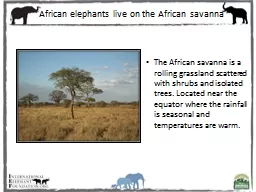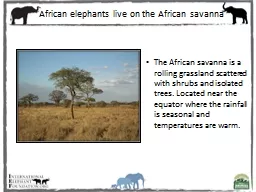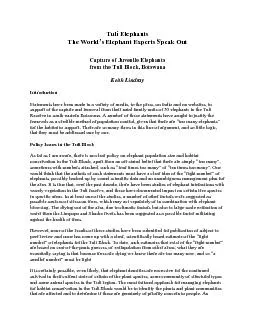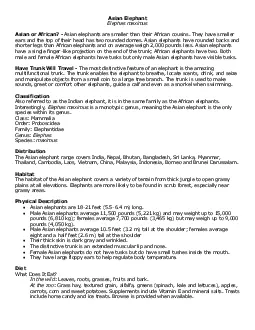PPT-Elephants, Mice, and Lemmings! Oh My!
Author : tatyana-admore | Published Date : 2017-05-13
Fred Baker Fellow 25 July 2014 Making life better in data centers and high speed computing Data Center Applications Names withheld for customervendor confidentiality
Presentation Embed Code
Download Presentation
Download Presentation The PPT/PDF document "Elephants, Mice, and Lemmings! Oh My!" is the property of its rightful owner. Permission is granted to download and print the materials on this website for personal, non-commercial use only, and to display it on your personal computer provided you do not modify the materials and that you retain all copyright notices contained in the materials. By downloading content from our website, you accept the terms of this agreement.
Elephants, Mice, and Lemmings! Oh My!: Transcript
Download Rules Of Document
"Elephants, Mice, and Lemmings! Oh My!"The content belongs to its owner. You may download and print it for personal use, without modification, and keep all copyright notices. By downloading, you agree to these terms.
Related Documents














